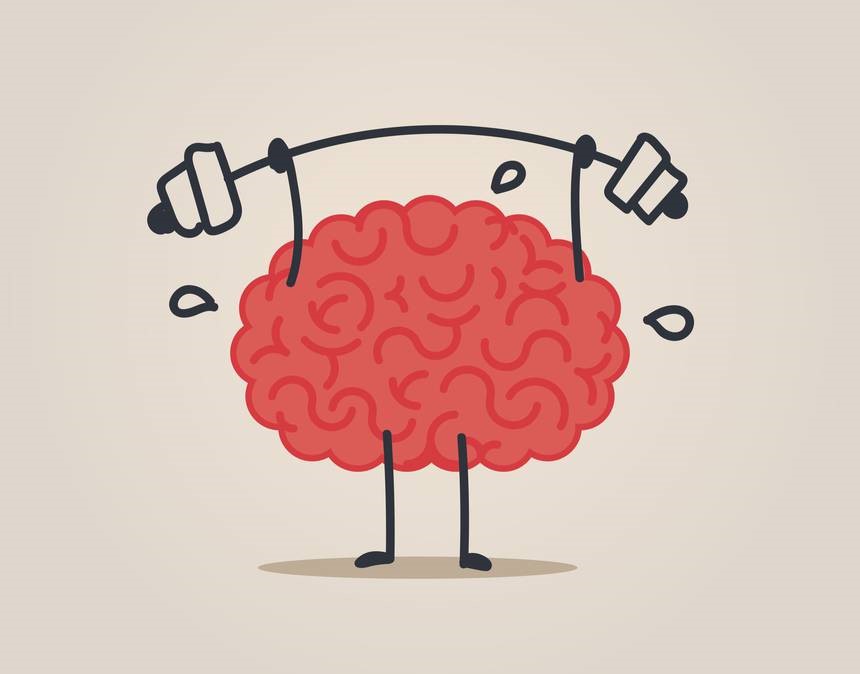Wir haben leider kein passendes Ergebnis gefunden.
Information processing and its constraints – When too much is just too much.


Today we look at: Cognitive load
How do we process information?
Some people prefer to visualize information, others build a mnemonic aid to understand and store information or simply learn text by heart through several repetitions.
However, the human capacity to absorb and process information is limited. The working memory can temporarily store and process about seven concepts/contents of knowledge. A seven-digit telephone number can therefore be easily remembered at short notice. With ten digits, most of us already need a piece of paper.
What does cognitive load mean?
Cognitive load is a term from psychology. It describes the extent of mental resources that must be used, for example, to operate a system. The capacity limit of the working memory plays an important role here. If, for example, we are overloaded with too much and too complex information, our performance suffers and the learning of new content is prevented. It is similar to a computer. The more programs run at the same time, the slower the computer becomes. Its working capacity is limited. It is the same with a person's working memory. If too much, too complex information has to be absorbed, the working memory becomes overloaded, slower, less effective and may make mistakes. You can imagine it as follows: When you try to remember a friend's phone number, a complete shopping list and a friend's holiday address, you probably forget some of the things you wanted to remember.
What does this mean with regard to digital media?
Imagine visiting an insurance website to find out which insurance is right for you. On the homepage you will find information on about 20 different insurance packages in text form. In order to decide which offer to choose, each individual offer must be analyzed by the user. This means a high cognitive load, which can lead to frustration and excessive demands, because one has the feeling to have to read and remember everything without getting a good overview. Consequently, this can mean that users leave the site early to obtain information elsewhere or have a negative experience with this insurance.
So how can cognitive load be limited or reduced?
Less is more!
The cognitive load can already be reduced by focusing on visual simplicity in website/app design. This means that superfluous images should be avoided as well as ten different fonts and colors. These visualizations must also be processed by the brain and consume mental resources that may be needed elsewhere, e.g. to understand complex content.
The same applies to the structure of a website and the content itself. The use of a clear structure ensures clarity and simplifies understanding. In terms of the "insurance" example, this could mean ensuring that offers can be compared more quickly. This could be achieved by a tabular, clear listing of the contents of each package, instead of offering the information in pure text form.
Content should be reduced to the essential points and categorized so that related information can be found, for example, on one page or under a tab.
A filter function can provide further simplification. The user can hide content that is not of interest to him and thus minimize the cognitive effort, since instead of 2000 products, for example, only 50 have to be viewed and processed.
